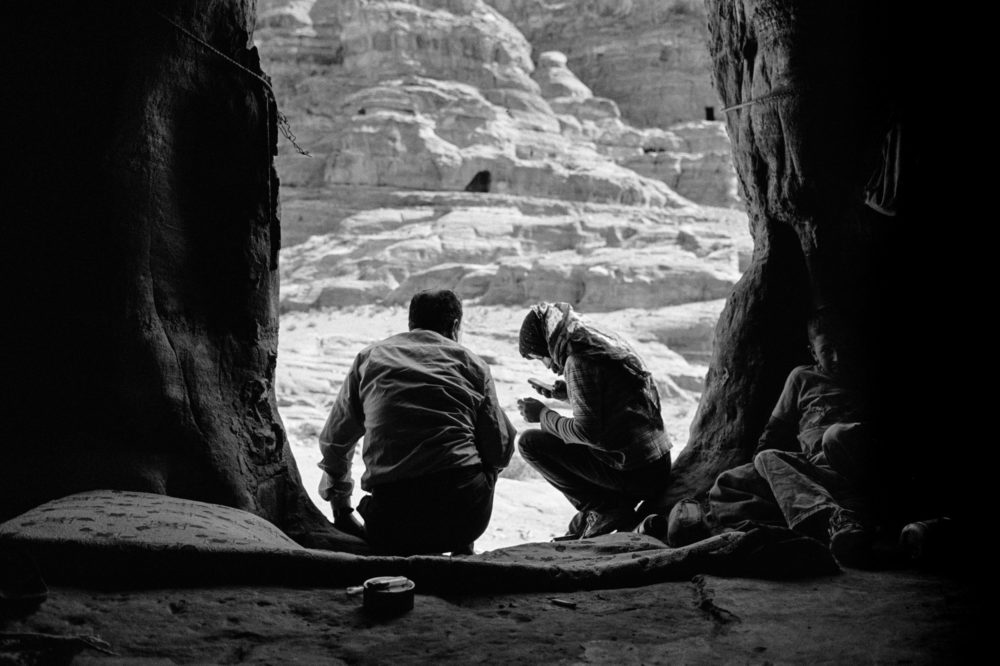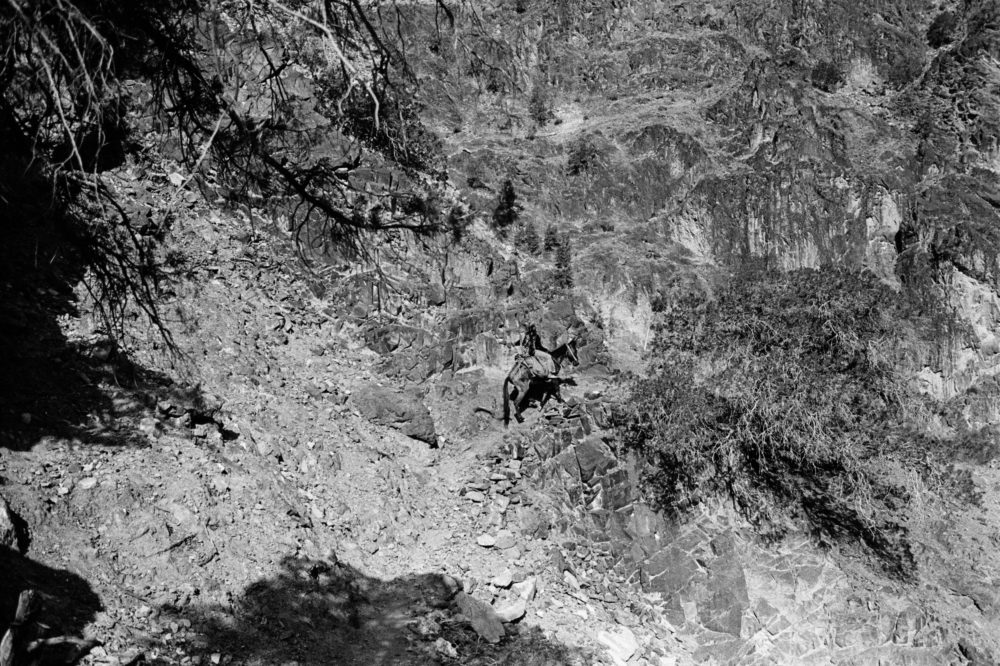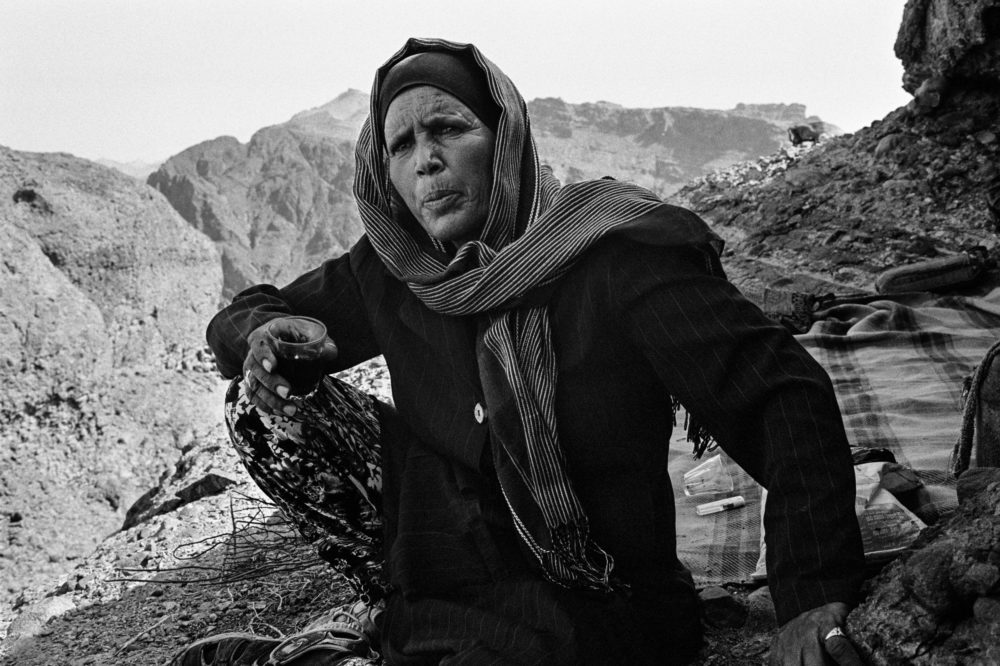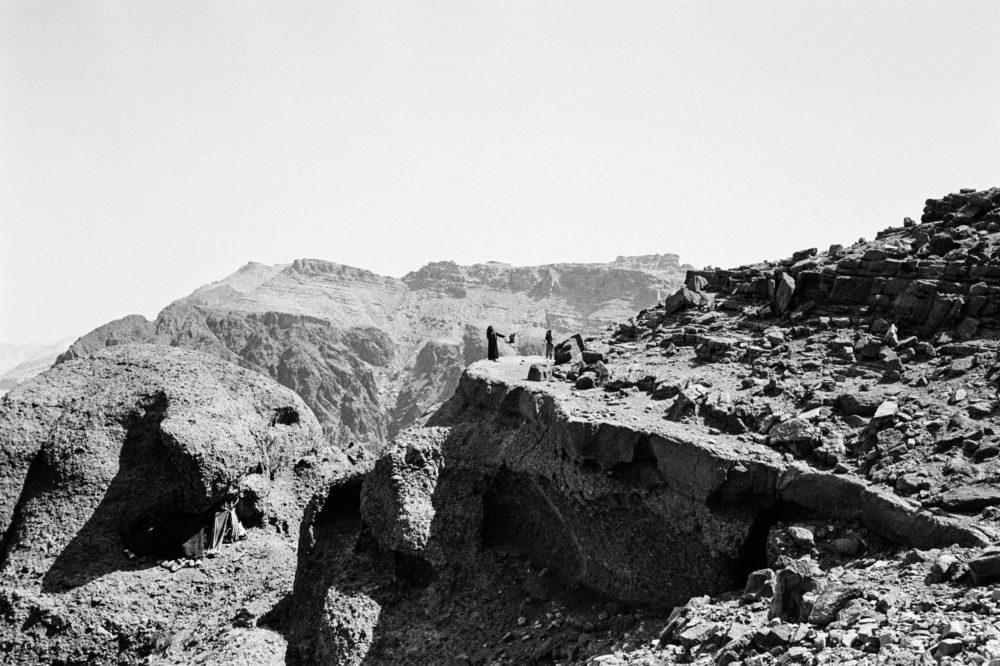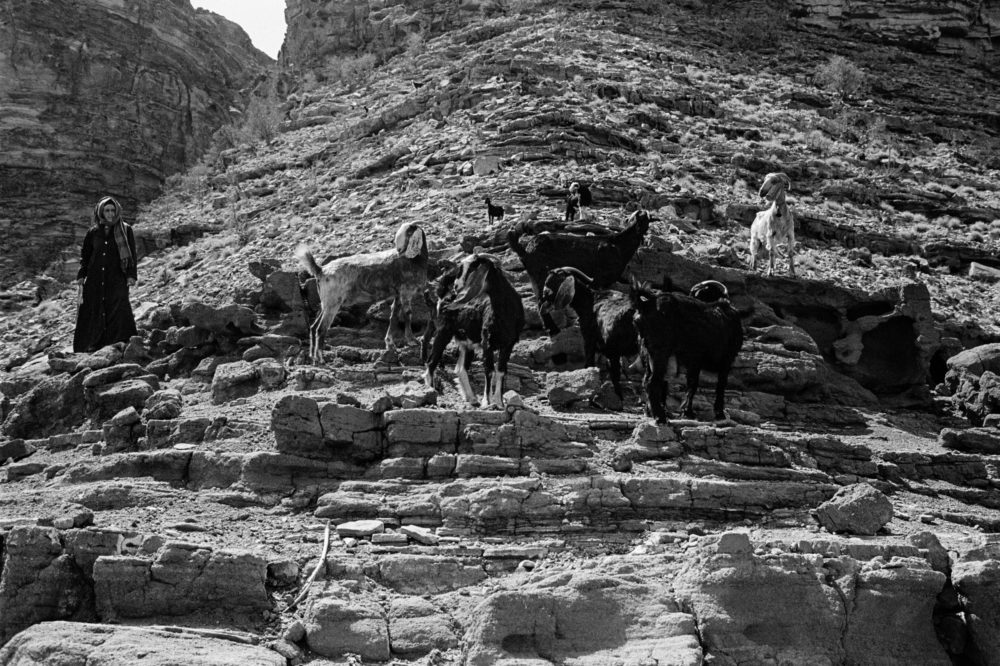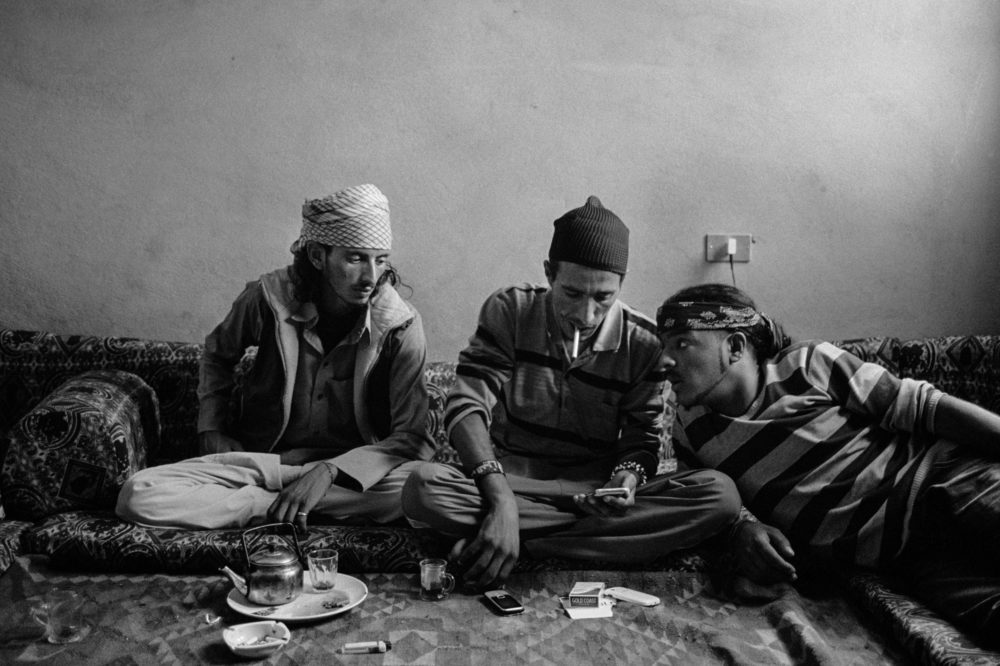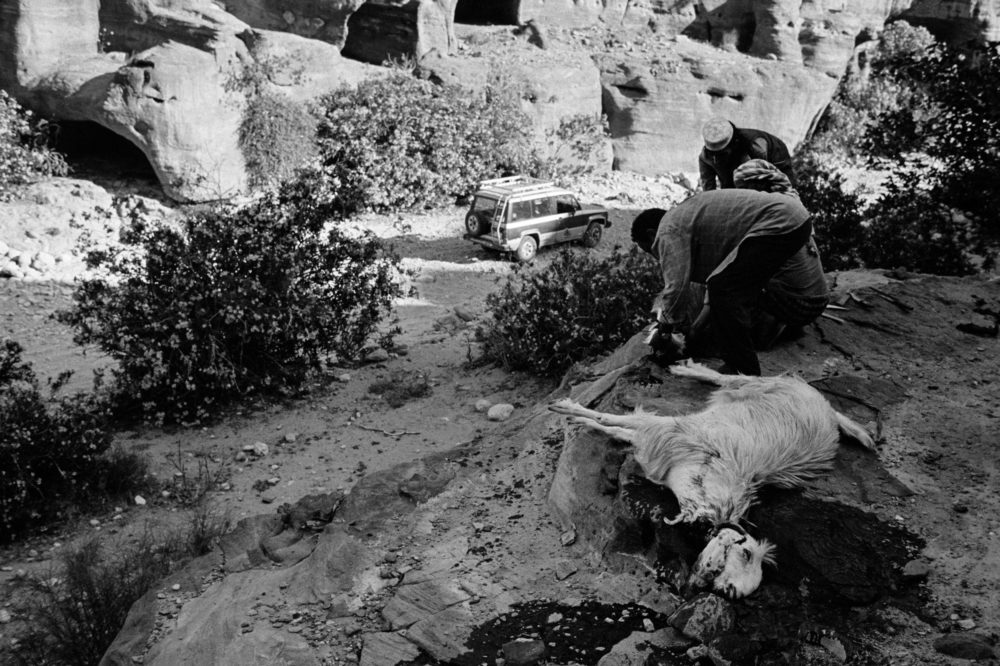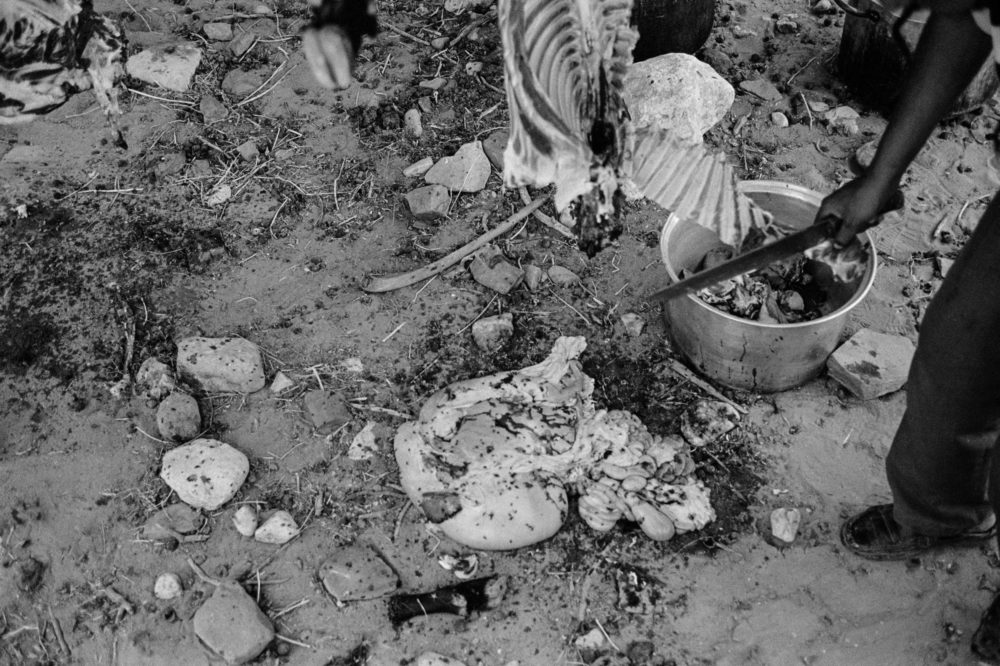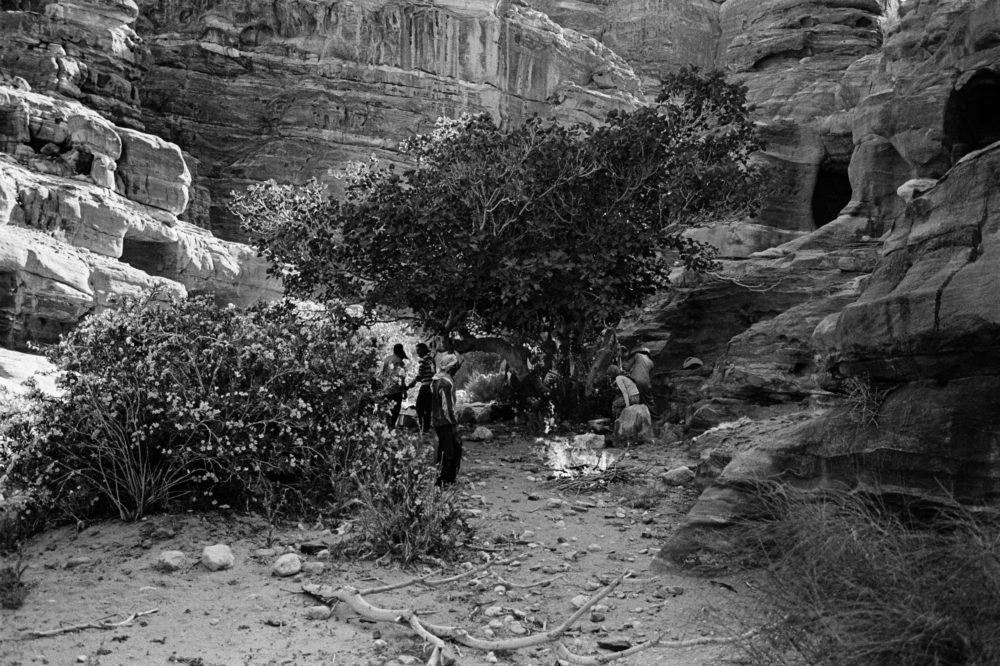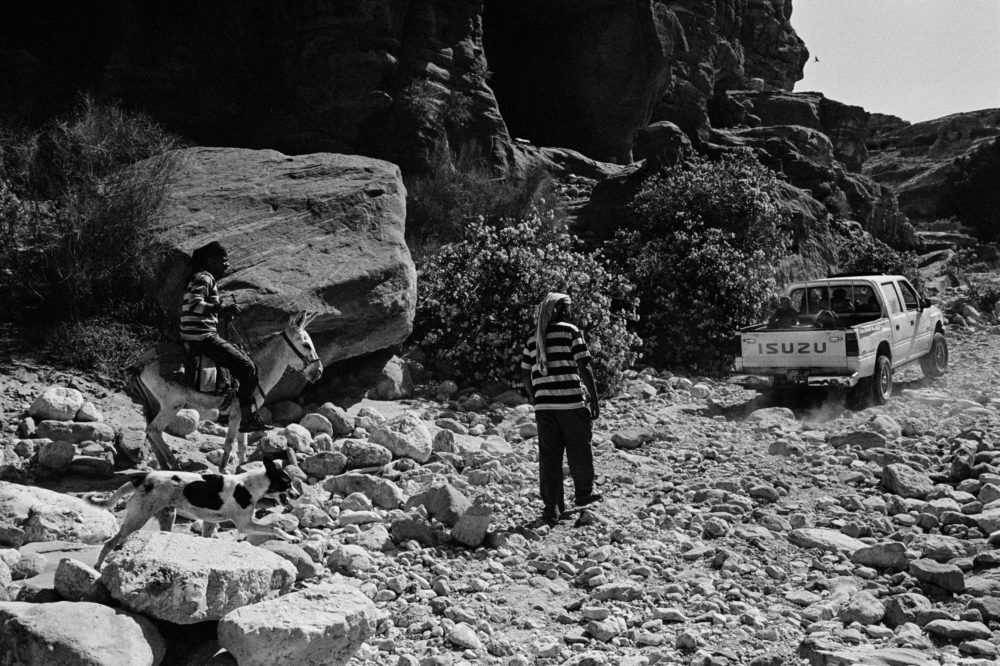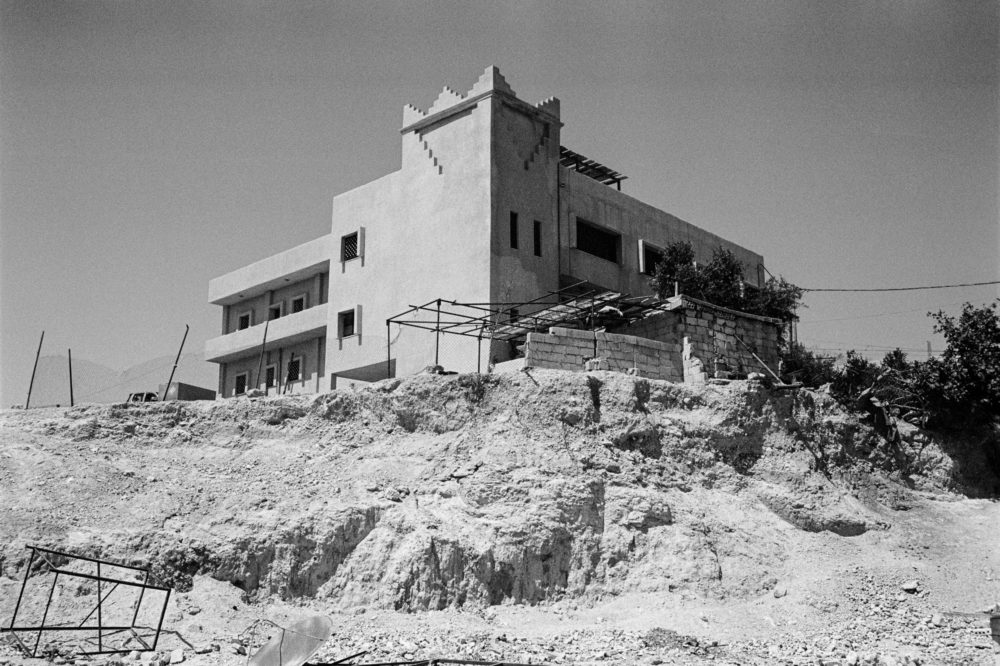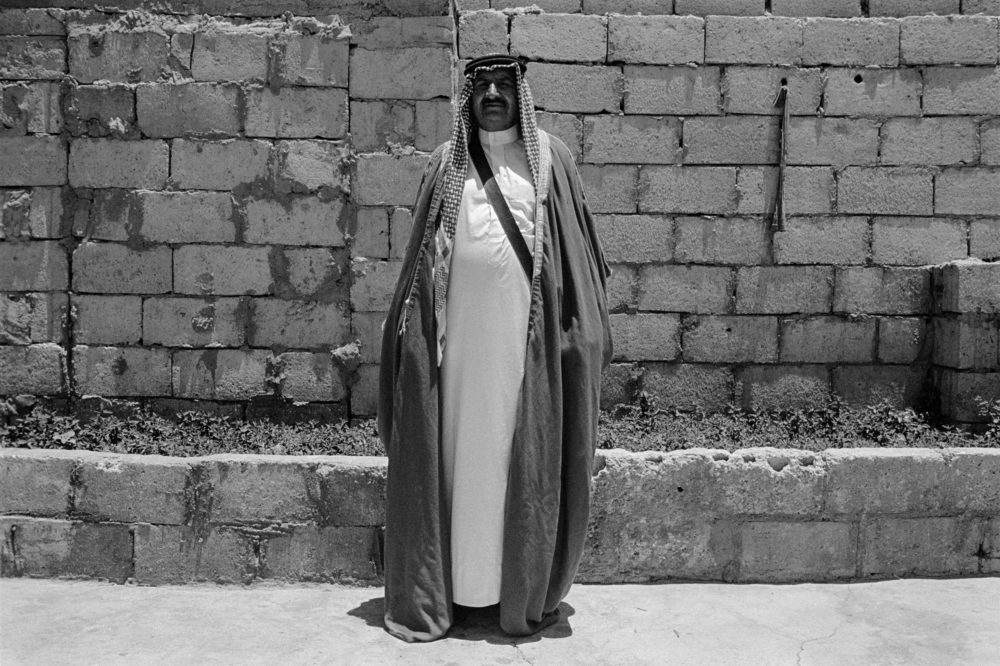Goatherds of Petra
Traditionally, the Bedouins of Wadi Musa (Jordan) lived off goat herding and small-scale farming. But, when Petra was designated a World Heritage site in 1985, the place transformed from hinterland into a tourist attraction drawing hundreds of thousands of visitors each year. Nearby, overlooking the ruins of the city is the village of Umm Sayhoun, belonging to the indigenous Bdoul Bedouin tribe. It is not known exactly when the Bedouins settled in Petra, but nomadic tribes have been living in the area at least since the 1500s. In 2014 during an abroad semester in Jordan, I visited the village several times and was always welcomed into the house of Saleman and his family. He is the husband of three women, the father of 15 children and together they are goatherds. During my visits I took part in family activities such as neighborhood gatherings, leisure activities typical of young Bdoul men on long afternoons and a three-day second weeding ceremony of the eldest son, Mohammed. However, most of the time I participated in the duties of Agile, Saleman‘s first and oldest wife. At her side I witnessed the tasks, difficulties and challenges of being a goatherd in the Petra mountain area under Jordan’s blazing desert sun. These photographs tell a personal narrative of a B‘doul Bedouin family under the influences of increasing tourism, the challenges of a naturally harsh environment and the value of traditional customs.

